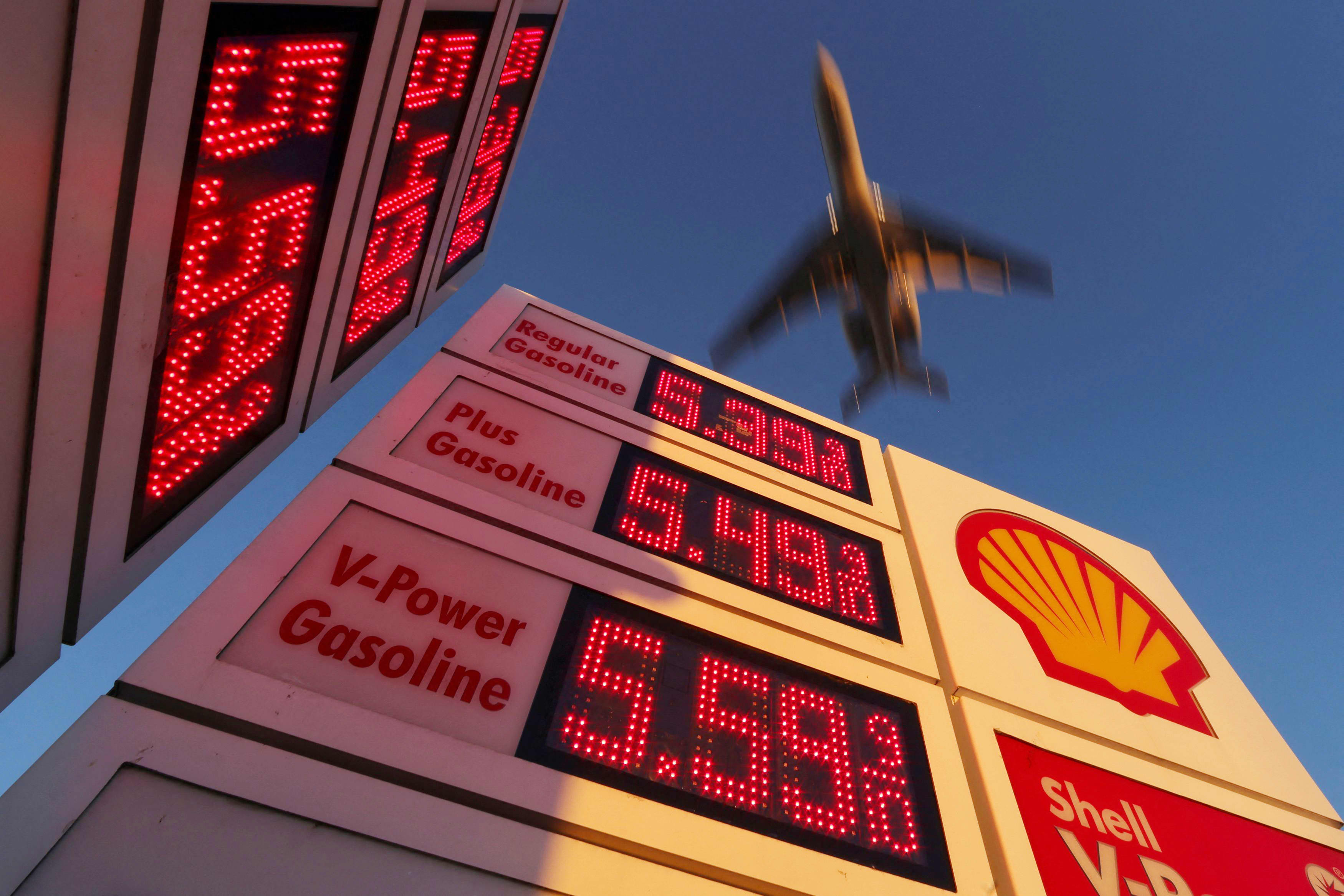Dow drops 600 points as Ukraine-Russia conflict intensifies, oil prices spike

U.S. stocks slid Tuesday, the first day of March, as oil prices surged and investors continued to monitor the fighting between Russia and Ukraine.
The Dow Jones Industrial Average dropped 601 points, or 1.8%. The S&P 500 was off by 1.5%, and the Nasdaq Composite slid 1.3%.
The decline in stocks came as satellite cameras captured a convoy of Russian military vehicles apparently on its way to Kyiv, the Ukrainian capital.
Loading chart…
Russia’s continued aggression pushed energy prices higher. West Texas Intermediate crude futures jumped 8% on Tuesday, breaking above $106 per barrel and hitting its highest level in seven years.
“Stocks are mostly for sale, and the underlying price action is worse than the headline indices make it seem … Russia/Ukraine uncertainty remains the primary theme and there still isn’t enough clarity for stocks to feel comfortable stabilizing,” Adam Crisafulli of Vital Knowledge said in a note to clients.
Wheat prices also surged Tuesday. The rise in commodity prices added to inflation fears in the U.S. and Europe.
Financials under pressure
Financial stocks were some of the biggest losers on the day, with Bank of America down 3.6%, Wells Fargo off 5% and Charles Schwab tumbling more than 6%. The lower bond yields could potentially take a bite out of bank profits, while the conflict in Eastern Europe and sanctions on Russia have some traders worried about disruption in credit markets.
Though most U.S. banks have little direct exposure to Russian companies, it is unclear how the sanctions on the Russian financial system will impact European banks and, in turn, the U.S., CFRA director of equity research Ken Leon said on “Squawk Box.”
“It’s the correspondent banking relations through Europe, that do quite a bit of loan activity — Italian banks, French banks, Austrian — with Russia,” Leon said.
Some of the market’s losses were offset by strong Target earnings, as the big box retailer posted profit of $3.19 a share that was well ahead of Wall Street estimates. Shares jumped 11%.
Treasury yields were mostly lower, with the benchmark 10-year note most recently at 1.7%. Yields move opposite prices, so the decline represents a rush into safe-haven bonds amid the stock market turmoil.
Ukrainian and Russian officials wrapped up a critical round of talks Monday, and heavy sanctions from the U.S. and its allies are hitting the Russian economy and central bank. Major companies are abiding by the sanctions from the U.S. and its allies, with Mastercard and Visa blocking Russian financial institutions from their networks.
The VanEck Russia ETF, which sank 30% on Monday even as markets in that country were closed, was down another 18% on Tuesday.
Loading chart…
Meanwhile, the central bank of Russia more than doubled its key interest rate on Monday, as the ruble plummeted against the U.S. dollar.
Investors are also gearing up to hear from Federal Reserve Chair Jerome Powell in his semiannual hearing at House Committee on Financial Services, which begins on Wednesday.
On the economic front, construction spending data for January came in well above expectations, while purchasing manager’s index readings from ISM and Markit were both roughly in line with estimates.




